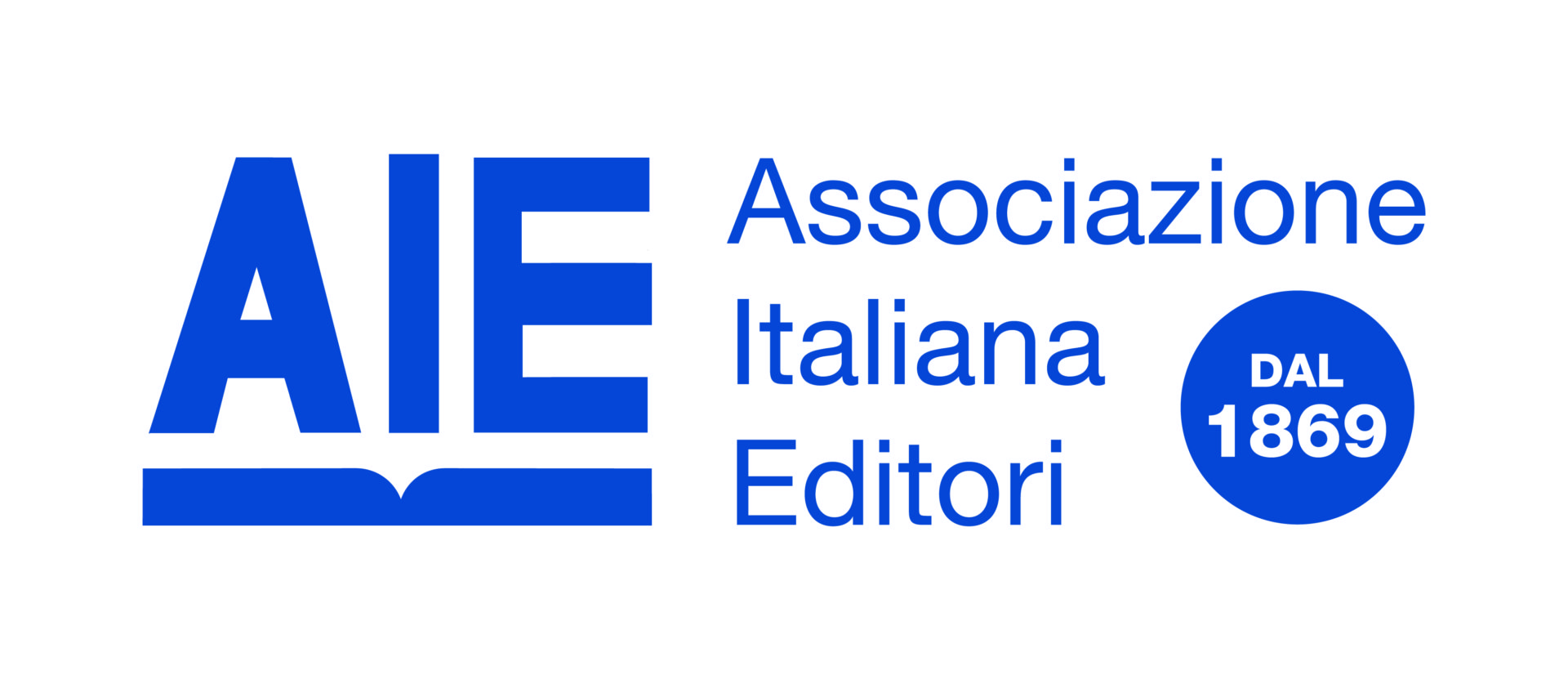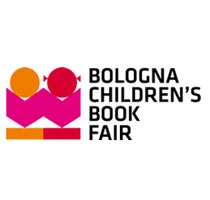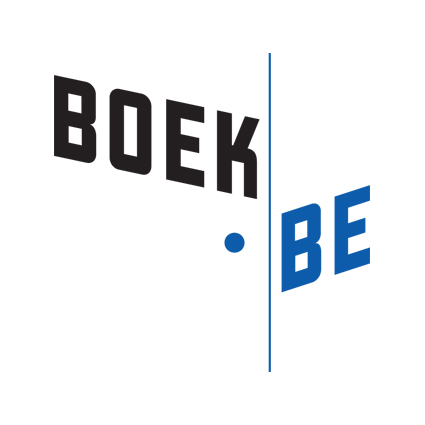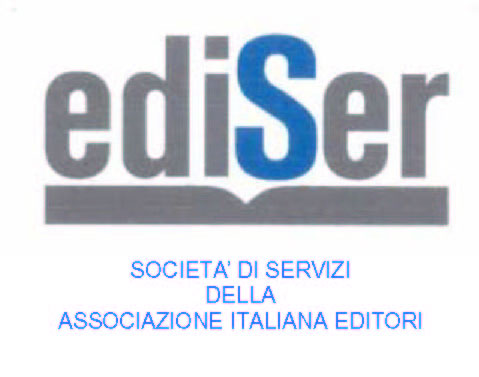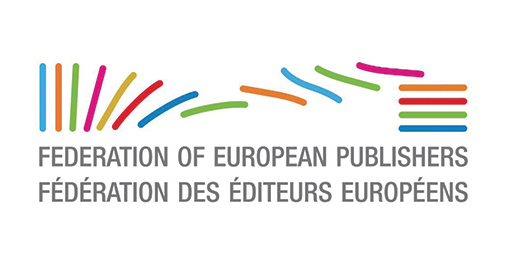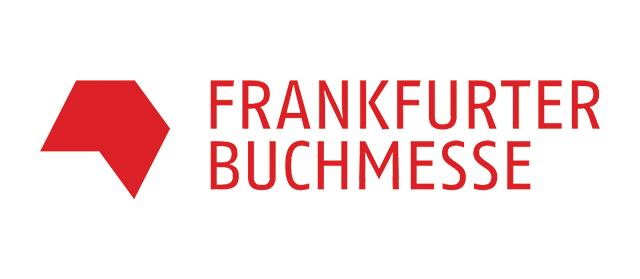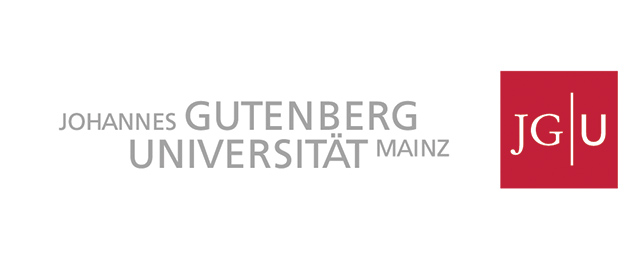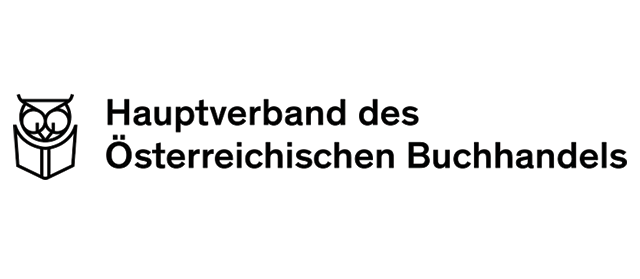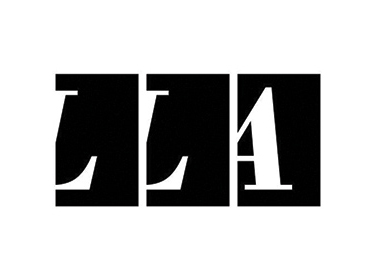LUIS GONZÁLEZ: When we talk about the consequences of the digital world in the book chain and, more specifically, in the case of publishing, I find that many of the ideas have no more real basis than the opinions and desires of everyone. That is why I was so excited when reading your paper, ‘New business models in book publishing: An analysis of startups and their strategies’. This was one of the rare occasions when one could learn from serious research and examine the ideas to address, agree on or just be inspired by. You published this work a year and a half ago, categorising startups and their business models. This realm is so influenced by market or consumer behaviour shifts, and the impact of new technological tools is very powerful; so much so that I can see how some of the studies we undertook need to be updated and revised. Do you think that the categories of publishing start-ups and business models have undergone any change so far?
NINA KLEIN: I agree with you: we need to update and revise our research constantly, and we definitely need more research devoted to book publishing and the adjacent creative industries like press publishing, games, film, design, illustration and music. The speed with which the publishing universe is changing was very much on my mind when I wrote the paper at the end of 2013. That’s why I chose not to use existing categories from the incumbent world of publishing (like ‘trade’, ‘children’s books’ and ‘STM’), nor revenue models like ‘subscription’, ‘flat-rate’ etc., but rather to use categories aligned with the core functions of publishing (‘What is the job they do for the customer? What is the revenue/cost structure? What is the value network? What are the key resources and key partners? What is the driver of innovation?’). I figured that the core functions of publishing would also be the functions that start-ups would take over, thus unbundling the competencies that are now bound together in individual companies, and adding new competencies. By taking this approach I wanted to avoid the trap of fleeting time.
Of course I haven’t succeeded in that. Over the past year and a half, an abundance of new start-ups has emerged – and lots of those which existed before have vanished already.
You can get an impression of this rapid change by looking at two lists of publishing startups that are freely available on the web. One of them is compiled by Michael Bhaskar, a publishing expert in the UK, who is himself the founder of a startup, Canelo (UK). He wrote the book ‘The Content Machine’ in 2013 (which formulates a theory of publishing and is well worth reading). You can find his list of startups here.
The other list is one I compiled myself in the course of my research, using the categories for startups that I formulated in the thesis. This list has also been growing ever since, and is available here.
Both lists have one thing in common: they are incomplete – and lots of the links lead nowhere. This just goes to show that it’s impossible to keep up with the speed of change.
To come back to your question, I think that the basic assumption I made in my thesis still holds true: competition in the publishing market is now between different business models – and this seems more important than the older competition between different kinds of content. Yet the competition between business models relies on factors that I did not research at the time. Start-ups need to market not only their products and services to their customers, but also their business models to potential investors. I completely overlooked the latter part, concentrating instead on the factors of value proposition and value capture, which are tailored to the business-client relationship rather than the business-investor relationship.
For example, one of the start-ups I was particularly impressed with at the time, Small Demons, has since gone out of business, apparently because it failed to succeed in another funding round. I categorised Small Demons as an example of the startup category ‘marketing/branded content’. Its idea was to link places, people and, more generally, ‘stuff ’ from books with ‘the real world’, by the use of data and text-mining. This would let companies easily use literary quotes and brands for their own marketing, while the users could find their favourite places or people in the real world, take a holiday at the setting of their favourite novel, for example, and order the same Martini as the hero – potentially a very convincing value proposition for advertisers and customers alike.
As the fate of Small Demons shows, the crucial questions are not only: How does a startup reach its customers and convince them that it is the right company to do the job at hand? Or, how does it market its value proposition? It is also important to ask: How can it convince its stakeholders to invest in it? And how does it differentiate its business model and market this differentiation? I included this point in my categorisation of start-ups under ‘value network’, but I feel that the question deserves much more attention, as it is a decisive factor in the success or failure of a business model. It’s similar to the older question related to marketing in publishing, of how to reach an audience. It seems as hard to answer now as it ever was. After all, with an abundance, not only of content, but also of companies and different business models all vying to be noticed, people’s attention is becoming the scarcest good there is.
There is a great need for marketing and ‘discoverability’ throughout the value network. We are still just as far from having the mythical ‘fully transparent market’ as we were in the times of Adam Smith. With digitisation, the old world of print is expanding, perhaps exponentially, into a virtual world – everything that touches the web turns into ‘content’. This means that abundance is the problem, not scarcity. ‘Big is beautiful’ is the principle of the networked economy. Big platforms get even bigger (Facebook); big search engines do too (Google). Scale is still the decisive factor in this far from perfect competition, and both media concentration and monopolistic tendencies are on the rise. At the same time, however, fragmentation or the growth of niches counterbalances the centralising trend. That’s something Michael Bhaskar describes very well in his book, ‘The Content Machine’. It means that technology can help small companies succeed in marketing their own value proposals and business models. I would be interested to hear Michael Bhaskar’s view on this, as he founded his own startup, Canelo, just recently. I’d like to ask him how he sees the chances of small startups succeeding in the face of large-scale competitors. WILDCARD to @MichaelBhaskar!
By the way: Passage, a Belgian app, has done something similar to Small Demons: it offers passers-by an experience of ‘literary serendipity’, connecting places to literature using the hyperlocal technology iBeacon. It adds augmented reality to the data and text mining mechanisms that Small Demons offered. Fascinating! And a good example of how new technology can help create a new service and reach out to customers. The question is, how the financing/investor side works for Passage. That’s a question I would like to flag up for Frank Salliau of the Flemish research centre iMinds! WILDCARD to @FSalliau!
LUIS: You wrote that ‘one of the main questions posed was how the achievements of publishers can be rewarded in a digital environment, and what functions publishers have’. I think that is indeed the Gordian knot that must be untied in order to regain some common sense, reach a balanced situation in the book business and settle relations between different actors. We strongly believe that there are or, at least, there will be many opportunities for laying out the basis of a new economy of the book chain, based on diversification of needs, consumer preferences and solutions; because with digital, it seems that the limits of printed books are bound to dissolve and a new landscape composed by many value chains or networks is emerging. That is the reason why I was fascinated when reading your prediction about multiplication of business models. How would you define that statement?
NINA: The main results of my paper show that there is a plethora of business models springing up where once, in traditional print publishing, there were just a few. Lots of start-ups in publishing change their value proposition from offering a product to offering services – be it software as a service (SaaS) or content as a service (CaaS), selling or licensing content on subscription models and in snippets, as in pay-per-use – according to the customer’s demand. Of course, one could argue that e-books are by definition a service and not a product, considering their non-material form. Publishers like Emma Barnes (Snowbooks) have started to experiment with technology for their own needs. Barnes has come up with a publishing software that is now ready to be marketed internationally (‘BiblioCloud’).
Some start-ups in publishing offer platforms for multi-sided markets, which means they cater to complementary user groups. An example is Bibliocrunch, which is a matchmaking platform for authors and publishing professionals. At the same time, it is also a website that distributes and markets content. Social and consumer trends that stress participation (self-publishing, crowdfunding and crowdsourcing) and individualisation are explored as important drivers of innovation in business models. Consequently, newly emerging business models aim to provide publishing services to self-publishers, or platforms for direct interaction between user groups; they support the use of crowdfunding and crowdsourcing to complement the core functions of publishing, they deliver high quality multimedia books or draw on new sources of income from marketing.
The potential sources of income and the customer value propositions are thus considerably more diverse in digital publishing than in traditional publishing structures. The provision of marketing services becomes an even better option – in the form of corporate publishing, producing so-called ‘branded content’, or in other, more innovative forms such as giving a context to other commercial goods and services through data and text mining. By crossing sector borders, publishing services become interesting to new sectors and new clients – just think of the Internet of things. Income from IP (licensing, merchandising) can be diversified. Core functions of publishing, such as selection, aggregation, curation and marketing, emerge as functions that are being explored by a plethora of start-ups.
In a nutshell: The function of a publisher as a community builder, as someone who nurtures and structures knowledge, story worlds and communities, is becoming more important. At the same time, the question remains as to whether or not this diversification of business models will translate into increased net revenue from content; or if other products and services will be paid for, while content is a cheap, subsidised or free add-on – as seems to be the trend right now. I think this is the most interesting question, considering the price of content is now in freefall in adjacent professions like journalism. Personally, I am optimistic that an intelligent mix of technology, business model and content will produce valuable, products and services that are paid for. I also believe content is on a par with the other two decisive success factors, business model and technology.
LUIS: What are the trends that you think are most likely to grow during 2015?
NINA: One trend I see in publishing is the need for international exchange and cooperation. It is very helpful to look and act beyond your own national context. Lots of start-ups plan from day one to be international businesses. One successful example is the model of Tolino in Germany. Based on a cooperation between Deutsche Telekom and booksellers, and with a market share today of around 40 per cent in Germany (closely rivalling Amazon), it has since been picked up by a companies from Italy, Belgium and the Netherlands. startups can bring a lot to incumbent industry players. One recent example is Oxford University Press (OUP), which entered into a partnership with Emerge Education, an accelerator programme for education technology startups. ‘Through the collaboration, OUP is working with the startups involved in the programme to develop their innovative platforms and delivery systems, and combine them with our world-class content,’ says OUP’s Paul Riley. Another trend is the cross-over between the real and virtual worlds. Book publishing has always been located on the intersection of the real and the virtual (just think of someone reading a ‘how-to’ book). Now, with digital technologies, that intersection is increasingly becoming an omnipresent interface. Augmented reality (AR) devices like Google’s Glass, and other wearable tech are recent examples of this. The Internet of Things (IoT) allows publishers to expand their core functions into other industries: possible areas include smart cities, health and e-government. This will not happen all at once in 2015, of course, but the awareness will grow, and there are already examples on the market: Samsung and GU have started cooperating to provide recipes via smart-watches; the first AR plugin for magazines was launched last October by metaio; and take a look at MIT’s Sensory Fiction project. The hardware for AR might still need to mature, but it is just a matter of time before the opportunities out there will become real. I think it would be interesting to hear Richard Nash’s view on this, actually! WILDCARD to @R_Nash!
And of course, there’s the debate about Kindle Unlimited and the subscription model… and another interesting trend is ‘slow media’.
LUIS: In the TISP Smartbook you mentioned Clay Shirky’s point about the end of publishing as a job, because it is now being replaced by a click of a ‘button’. Don’t you think there is an excess of bold statements of this sort? Don’t we still need someone who locates, identifies, selects and provides the best content? I personally find Shirky’s approach to the power of generosity on the Internet more useful, as analysed in ‘Cognitive surplus’. Do you think that the new social practices stemming from connectivity are compatible with a sustainable book industry?
NINA: Yes, there is an excess of bold statements, and the noise will get louder. Right now, being loud and explicit seems to be the only way to get attention – the most valuable good in the ‘attention age’, as Herbert A. Simon described it. I used Shirky’s ‘button’ statement as an angle in my paper because it is loud (sic!), and because it’s at the heart of the question of what publishers do. What job do they perform for their customers? Just like you, I think the core functions of publishing, such as selection, aggregation, curation and marketing are very important. At least, that is what my paper showed: these functions are currently being explored by a plethora of start-ups – and they are becoming more important as the noise gets louder and the need for ‘quality filters’ grows. The ‘cognitive surplus’ that Shirky described in 2010 as a positive trend, which turns couch potatoes into co-creators, is also sometimes called the ‘gift economy’: people like to help people, they like to create, they like to share, and the digital economy makes that possible. The debate about whether this is true or not is at least as old as Rousseau and Hobbes’ argument about the nature of mankind. Personally, I am not sure if people’s urge to create isn’t sometimes overstated. I came across studies showing that the proportion of creators in any given network or platform is always around 10 per cent. It takes time to create something and it can be a very tiresome process – which you, as chief editor of Lecturalab, are probably very well aware. The point is, though, that people can change their roles easily now, from consumer to participant to creator, and back. The number of people who do create and participate is certainly on the rise, compared to the pre-digital age. (In this sense, participation is a less time-intensive activity than creation.) This is new and it is very exciting. It’s liberating and certainly helpful for any kind of business, including publishing – as well as for democracy and society on the whole. The audience, readers and prosumers that actively participate in the value network for a creative work represent a rich potential.
LUIS: As Director of Public Relations, and then Director of Corporate Content at the FBF, you were responsible for the editorial media of the 2008 Book Fair, including the Book Fair Blog, the Newsletter and the Frankfurt Quarterly. Publishing content about the book world can mean many different things. At Lecturalab, we publish content on many issues but we also choose some topics that we consider strategic, which we then follow closely like hounds, until we find new areas to cover. Are there any topics at present that you consider important enough to prioritise?
NINA: I am very interested in access to research, as well as access to finance for small and medium-sized companies (SMEs) in the publishing sector. Together with the European network ‘Technology and innovation for Smart Publishing’ (TISP), the Frankfurt Book Fair carried out a qualitative survey of over 1,000 European publishers, asking them about their research and development (R&D) needs. The findings were published at the Frankfurt Book Fair last year. One of the most interesting results was that 67 per cent of respondents said they could envisage collaborating with other companies for their R&D, and would use the resources of research institutes. That’s mainly because they feel they can’t meet all their R&D needs on their own, due to their small size. It is often said that the success of Silicon Valley lies in the fact that major research institutions, like Stanford University, are located there. I wonder what knowledge networks exist in Europe to connect SMEs in the creative sectors to research. Which universities offer applied research in this field? How could we support such networks? And how can SMEs tap into them? Access to finance and access to research are closely related topics. How can publishing
SMEs finance their innovation needs? Traditionally, the banks seem wary of ‘creative’ companies, although they needn’t be, as recent studies have shown. What other sources of financing are there? Which of them should and could be supported and encouraged?
This excerpt from the e-book ‘Start up of the book’ by Luis González (FGSR) and Nina Klein (Frankfurt Book Fair) was originally published on TISP Smart Book
The complete e-book ‘Start up of the book’ is available for download here.



